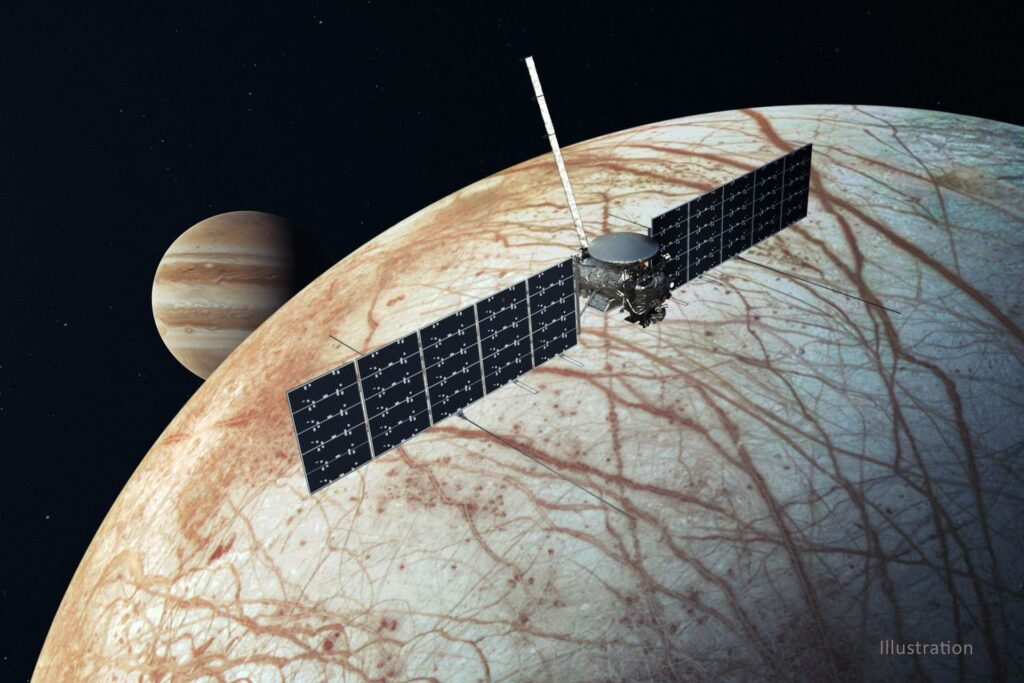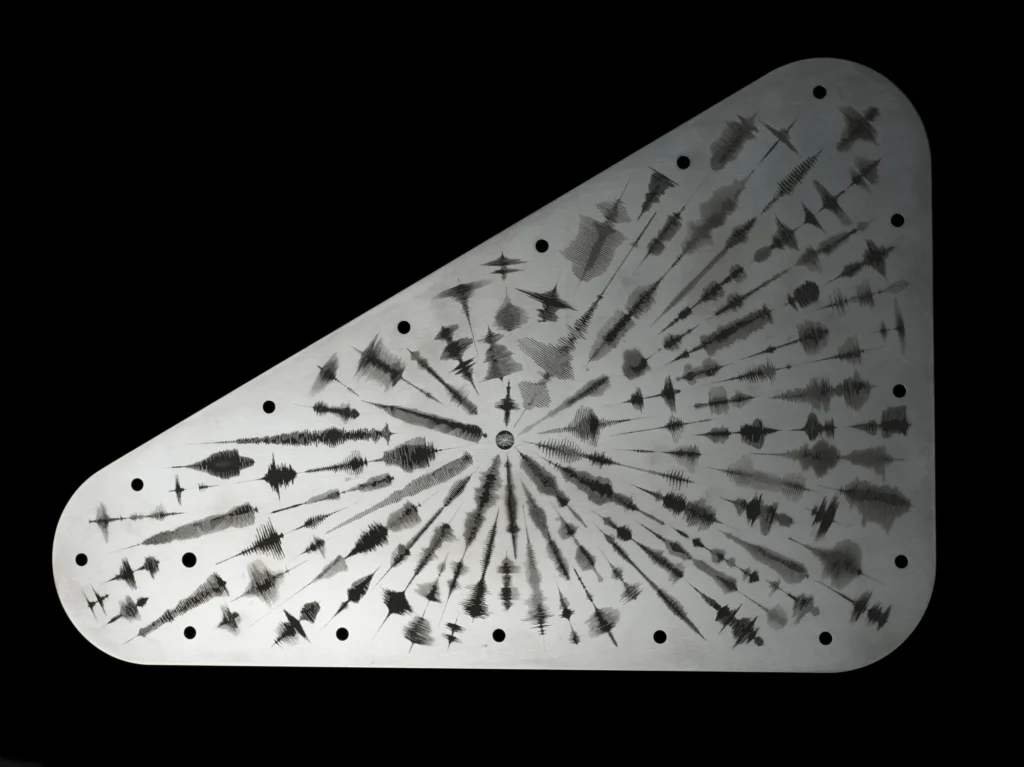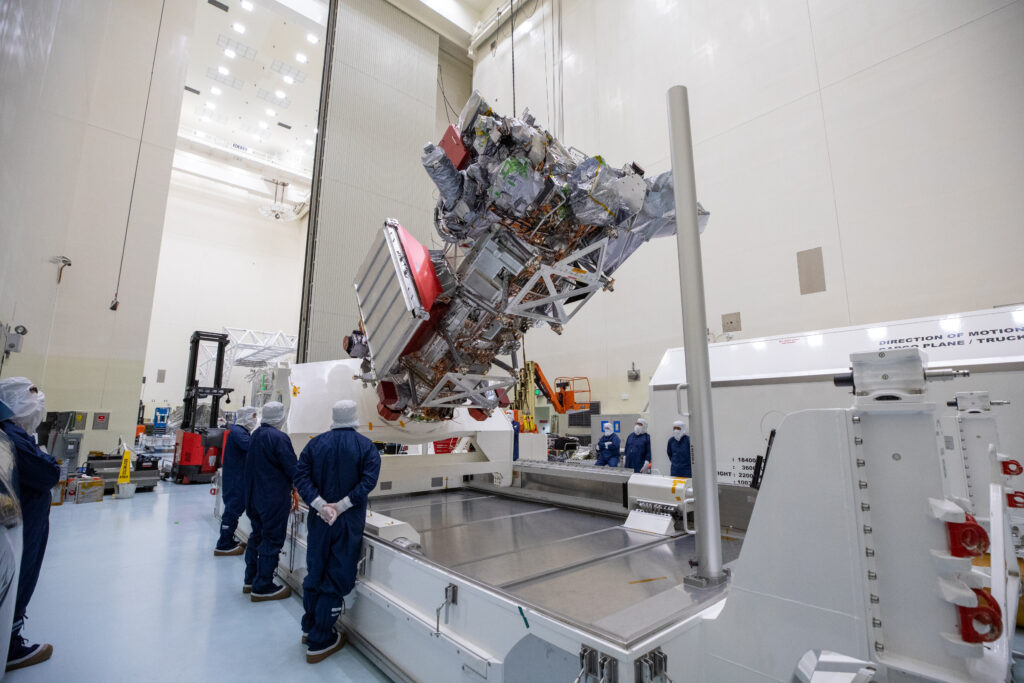Employees of the Kennedy Space Center in Florida removed the Europa Clipper probe from a protective container. In the near future, they will begin to prepare it for the upcoming flight.
Tasks and technical design of Europa Clipper
The Europa Clipper mission was approved by NASA in 2019. The spacecraft is designed to explore Europa, one of Jupiter’s moons, with a huge ocean hiding under its icy surface. During a series of almost fifty close flights, Europa Clipper will have to determine its main characteristics and give a basic assessment of its suitability.

To accomplish this task, Europa Clipper was equipped with a set of nine scientific instruments. Three of them (a mass spectrometer, a dust analyzer and a spectrograph) will study the very rarefied atmosphere of Europa. It consists of ice and dust particles that are ejected into space by micrometeorite impacts, as well as water vapor, the source of which is presumably geysers associated with the subsurface ocean.
Europa Clipper also maps Europa in detail using a set of cameras. A spectrometer with the MISE imaging function will contribute to mapping the distribution of salts and organic molecules on its surface. There is also an instrument on board the probe that detects thermal radiation. It will help to find areas with geysers. And in order to look under the icy shell of the moon, Europa Clipper will use radar and a magnetometer. Their data will help determine the thickness and salinity of the Europa ocean.

In addition to the instruments, a memorial plaque with a symbolic message and a chip are also placed on board the Europa Clipper. It is engraved with the names of 2.6 million people who took part in NASA’s “Message in a Bottle” initiative.
Flight to Cape Canaveral
In the spring of this year, Europa Clipper completed an intensive testing program that certified its ability to withstand space flight. After being shown to the press, the spacecraft was placed in a protective container and transported by cargo plane from the Jet Propulsion Laboratory in California to Florida.

After unpacking is completed, engineers will begin to prepare the spacecraft for the upcoming flight. They will install a high-gain antenna on it, solar panels and refuel it.
A Falcon Heavy rocket will be used to launch Europa Clipper. The launch window for the flight will open on October 10, 2024. Since the rocket’s power is not enough to send the spacecraft directly to Europa, it will have to perform a couple of additional gravitational maneuvers in the vicinity of Mars and Earth to accelerate. This will allow Europa Clipper to reach Jupiter in the summer of 2030.
According to NASA


